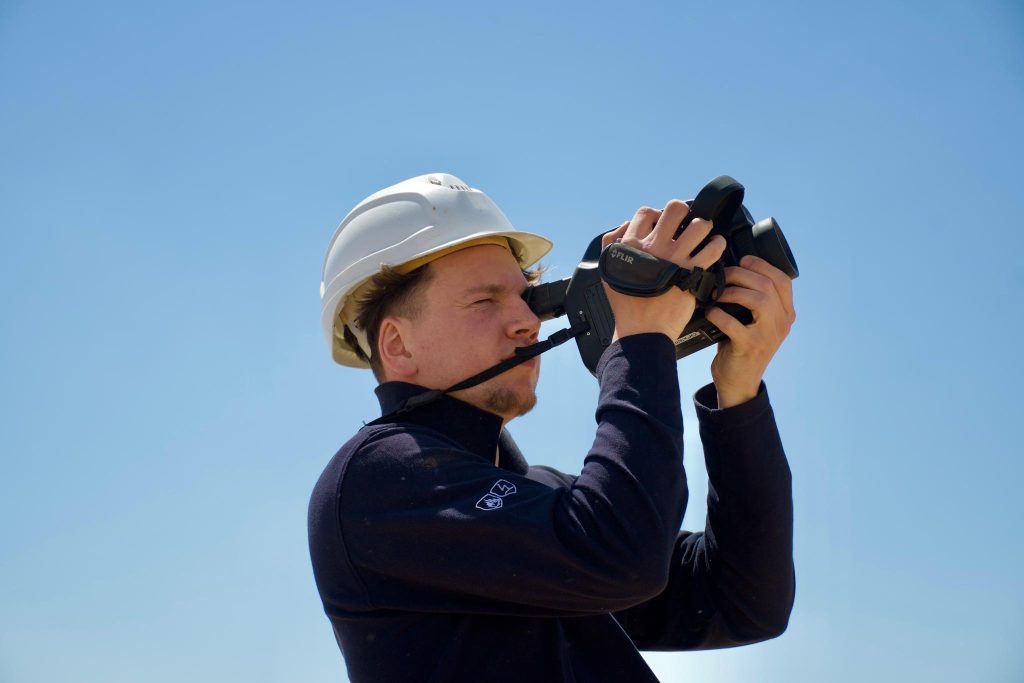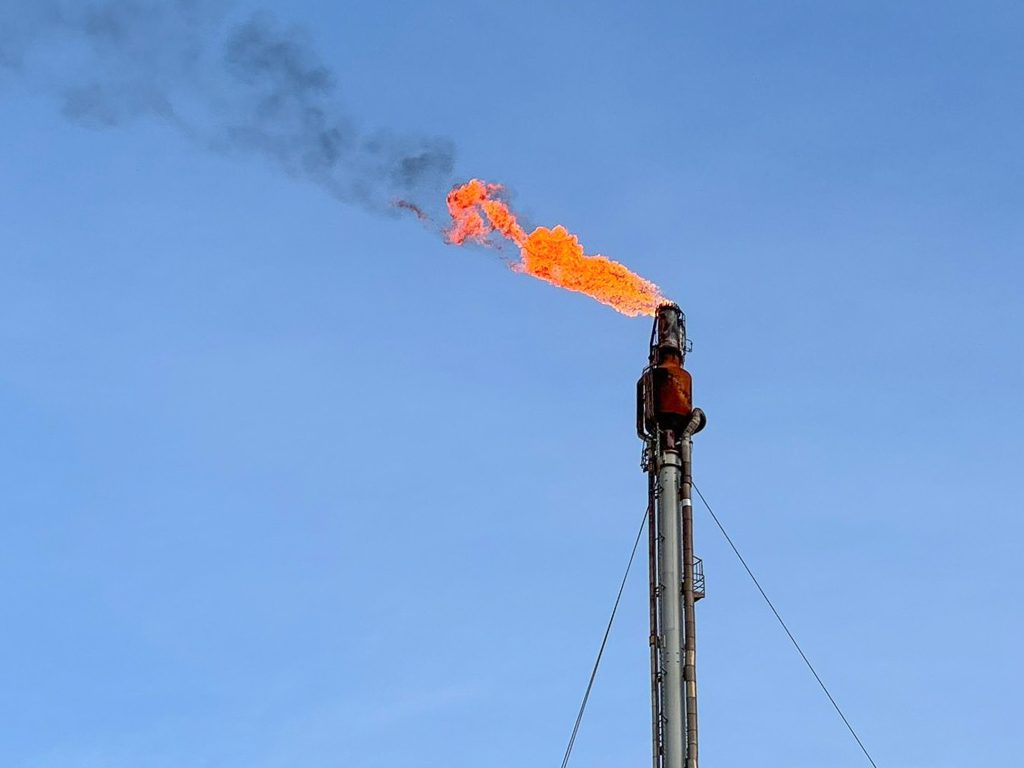Energy Efficiency in Compressed Air Systems: How to Optimize Performance and Reduce Costs?
In the world of industrial operations, compressed air systems are the unsung heroes, powering countless processes across various sectors. Yet, these vital systems are often energy-hungry behemoths, silently consuming a significant portion of a facility’s electricity. Are you ready to unlock the secrets of optimizing these systems, slashing energy costs, and boosting your bottom line? […]











